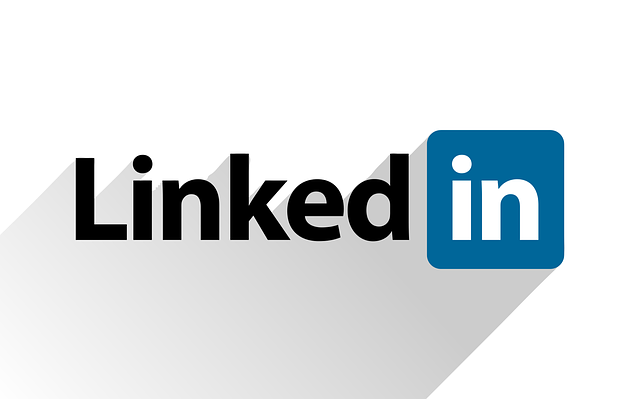
Image by BedexpStock from Pixabay
Like other social media networks, LinkedIn has seen a spike in use due to Covid-19 confinements. But the professional network has seen a long-term trend of increasing engagement. Engagement on the platform has been increasing 50% year over year.
With its continuous tweaks, LinkedIn has become more like Facebook, with an emphasis on the newsfeed, social sharing, and visual content. The Microsoft-owned platform has succeeded in encouraging professionals to spend more time viewing their newsfeeds and reacting to updates rather than just posting resumes.
Personal Posts on a Professional Network
In a recent blog post, Kiran Prasad, LinkedIn vice president, product, says personal posts can gain greater traction on the network. Prasad recommends:
Post about personal experiences. Personal stories can inspire and help others. Answer the question, “what really helped me?” Talk about something you care about and approach it like a conversation with a colleague.
Comment on conversations that are relevant to you. Search hashtags to find relevant conversations. Share your story and tag co-workers or close connections who can benefit from your advice. You can follow and join conversations for topics by searching for a hashtag and hitting “follow.”
Be yourself. LinkedIn updates don’t always have to be about work. Some of the most successful posts come from professionals who discuss lessons they learned in their personal lives, or share appreciation and encouragement.
Stay informed. Follow the news and share articles from reliable sources to your feed to join online conversations.
If you’re facing a challenge, others probably face, or have faced it. Others have probably also overcome the issue, so don’t hesitate to ask your community for help, Prasad adds.
When Personal Updates Don’t Belong
Many LinkedIn users have probably noticed a growing number of posts that have little or no relevance to business or work. Some feel questionable; some clearly are out of place. Even if LinkedIn feels more like Facebook, it’s still a professional network.
“Mindless posts, silly memes and attention-seeking behaviors have become all too common,” says LinkedIn marketing expert Melonie Dodaro on the Top Dog Social Media blog. “If you wouldn’t say or share it in the workplace, don’t share it on LinkedIn. Always keep it professional, and leave the personal stuff for your friends on Facebook.”
A desperate desire for attention and business, combined with a misunderstanding of business goals, drives the increase in unprofessionalism on the platform.
Other Damaging LinkedIn Behaviors
Some other damaging behaviors, Dodaro sees, include:
Posting too frequently. Some people use LinkedIn like Twitter. Providing hourly updates on their lives, annoys connections. Post only when you are inspired to share something of interest and value to your network
Seeking vanity metrics over business results. Content that generates only a few likes and a direct message inquiring about your business services is preferable to content that produces a hundred likes and no business inquires.
Too many hashtags. Two or three in a post is sufficient. Excessive hashtags appears spammy.
Tagging people excessively. Only tag people, or mention them with the @ symbol, when the post is relevant to them. For example, tag people if you share their quote, an image of them at an event or their content.
Bottom Line: Business professionals are spending more time interacting on LinkedIn. LinkedIn encourages its users to post content about their personal lives. But updates that become too personal or too frequent may seem unprofessional. They can ultimately backfire and damage personal reputations of posting professionals.
Download the 2020 Ultimate Guide to Media Monitoring, Measurement & Analytics for PR & Marketing

Michael Kling is manager of public relations, marketing and social media at Glean.info, a media monitoring and measurement service that provides customized media monitoring and PR analytics solutions.




